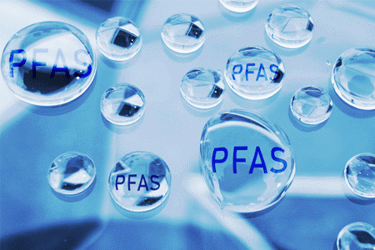Designing For What's Next: Futureproofing For PFAS

In the ever-shifting world of PFAS regulation, water utilities face a challenge that goes far beyond meeting today’s standards—they must prepare for tomorrow’s uncertainties. With the EPA’s first enforceable PFAS limits issued in April 2024, and a possible revision on the horizon that could extend compliance deadlines and narrow the focus, the only constant is change. States like Maine and Vermont are already outpacing federal rules with stricter measures, driving up disposal costs and making proactive planning essential.
On the technology front, proven methods like granular activated carbon, ion exchange, and reverse osmosis remain the backbone of PFAS treatment, but each comes with tradeoffs in cost, scalability, and waste management. Meanwhile, emerging destruction technologies—ranging from electrochemical oxidation to hydrothermal treatments—hold promise for breaking PFAS apart at the molecular level, though they have yet to achieve wide commercial adoption.
The most resilient path forward blends foresight with flexibility. Utilities that baseline their PFAS levels, evaluate scalable treatment options, and pilot-test solutions today will be best positioned to adapt as regulations and technologies evolve. In short: success depends not on waiting for clarity, but on designing for what’s next.
Get unlimited access to:
Enter your credentials below to log in. Not yet a member of Water Online? Subscribe today.
